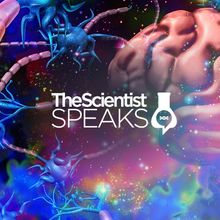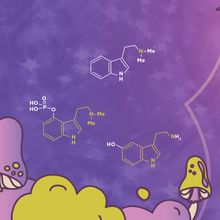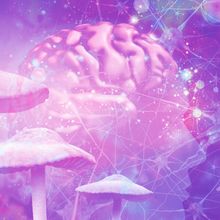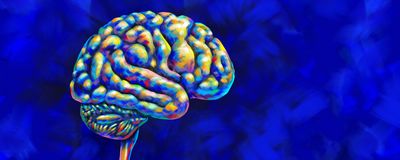psychedelics

Natural Trip: Endogenous Psychedelics and Human Physiology
The Scientist | Mar 25, 2024 | 1 min read
Researchers explore the trippy science behind natural hallucinogens in humans.

Infographic: What a Trip
Iris Kulbatski, PhD | Sep 8, 2023 | 2 min read
Researchers took a mind-bending trip to understand the connections between psychedelic compounds produced by fungi, plants, and humans.

Natural High: Endogenous Psychedelics in the Gut and Brain
Iris Kulbatski, PhD | Sep 8, 2023 | 8 min read
Psychedelics are evolutionarily ancient compounds produced by fungi, plants, and microbes. Humans also synthesize psychedelics. Researchers want to know how and why.
